The Roman Empire Gives Birth to a New Imperial Architecture

Apollodorus of Syria
Lecture 8: The Genesis of a New Imperial Archtecture
Understanding Greek and Roman Technology: From the Catapult to the Pantheon
Dr Stephen Ressler (2013)
Film Review
In this lecture, Ressler looks at the importance of poured concrete vaults in Roman architecture and the political upheaval that delayed their widespread use. Although the discovery of vault technologies dates back to at least 193 BC, civil works projects virtually ceased during the civil wars of the first century BC. Even after Augustus became the first emperor, his innate conservatism led him to favor traditional Republican-era architecture.
His successors (particularly Caligula and Claudius) felt much more comfortable with both autocratic rule and architectural experimentation. However full blown vaulted architecture didn’t blossom until Nero came to power in 54 AD.
Following the fire that destroyed much of Rome in 64 AD, the entire city became one giant construction site under Nero’s orders that all new buildings be fireproof and that porticos be added to all apartment buildings to provide elevated platforms for fire fighters. This, and the construction of Nero’s new palace, created massive demand for opus testaceum (brick and tile faced concrete). This period also gave rise to a new architectural feature known as the “flat arch.”
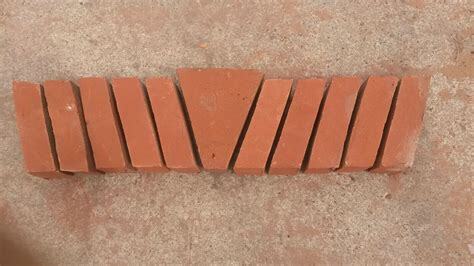
Using detailed diagrams and ingenious scale models, Ressler demonstrates how Nero’s architects solved the load bearing dilemma in the revolutionary concrete dome of Nero’s Domus Aurea. With an oculus constructed from four arches surrounding a vertical axis, the dome itself was stabilized by buttresses and buttress arches. This approach would have major influence on medieval architecture.
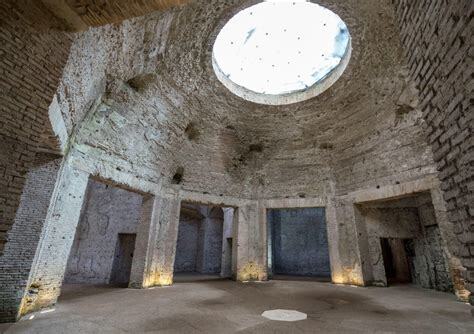
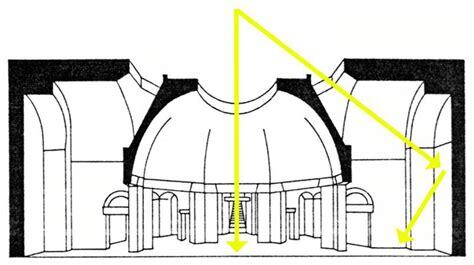
The second building this lecture examines is Trajan’s market, built between 106-116 AD. This astonishing public building (essentially the world’s first shopping mall) was six stories high and housed market stalls, two-story halls, streets, ramps, promenades, corridors and terraces. It did all this without a single load bearing column.
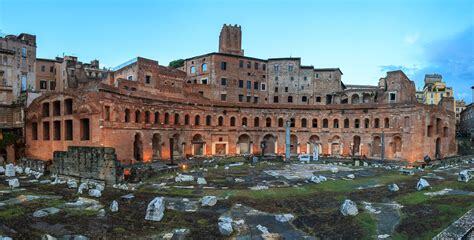
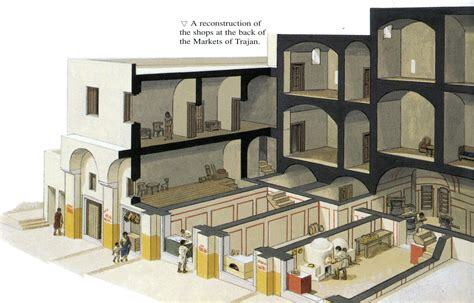
According to Ressler, the central structure relies mainly on a groin vault (two intersecting barrel vaults) for load bearing.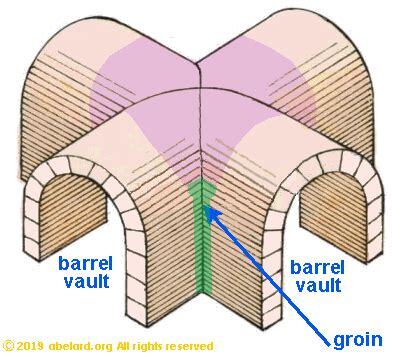
Groin vaults were used for about 200 years before the brilliant structural engineer Apollodorus of Syria used them in Trajan’s market. His innovative uses of arches to prevent lateral thrust were, in Ressler’s view, the first use of flying buttresses.
*Flying buttresses are used in architecture as external methods of support. They were built directly butting up to a structure’s walls to ease lateral force created by roofs or domes. 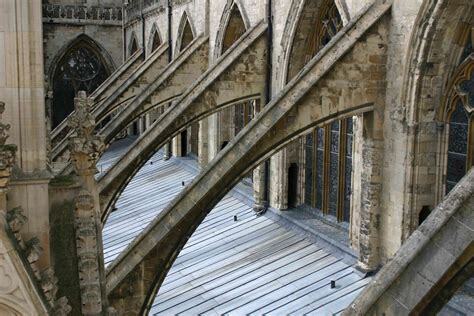
Medieval flying buttresses
Film can be viewed free with a library card on Kanopy.
https://www.kanopy.com/en/pukeariki/watch/video/146678/146694
The Most Revolutionary Act
- Stuart Jeanne Bramhall's profile
- 11 followers



